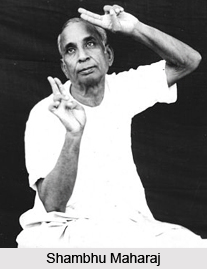Chidambaram Dance Festival has become renowned as it hosts the dance performances by distinguished dancers from all over the country. In addition to that, the dance festival has gathered fame as Natyanjali temple provides a magnificent background for the festival. This dance festival is held during the months of February and March. It continues for five days. The festival is organized in collaboration with the Department of Tourism (Government of Tamil Nadu), The Ministry of Tourism (Government of India) and The Natyanjali Trust (Chidambaram).
Nataraja is an ancient temple dedicated to Lord Shiva and was built as a tribute to His dancing form. The temple bears beautiful ornate carved pillars, with portrayal of Lord Nataraja in 108 poses of Bharatanatyam classical dance. Thus, the temple plays an ideal venue for the dance festival. The Natyanjali Dance Festival is organized in the ancient Nataraja temple of the city. This dance festival is held during the months of February and March and continues for five days. The festival is organized in collaboration with the Department of Tourism (Government of Tamil Nadu), The Ministry of Tourism (Government of India) and The Natyanjali Trust (Chidambaram). Natyanjali Dance Festival begins with the auspicious festival of Mahashivratri, the birth anniversary of Lord Shiva. Dancers from across the country take part in this festival. Nataraja Temple serves as the backdrop for splendid performances during the festival. The festival aims at conveying the message of 'Unity in Diversity' through the language of music and dance.
The holy city of Chidambaram, known as the 'city of the Cosmic Dancer' is located 245 Kms away from Chennai. The ancient Nataraja temple of Chidambaram pays special tribute to Lord Nataraja- the dancing Shiva. The magnificent gold roofed temple situated in the middle of the town has a bronze image Bharat Natyam Dance of Nataraja in a dancing pose known throughout the world as the most perfect synthesis in metal art. The temple has carved pillars depicting Lord Nataraja in 108 poses of Bharathanatyam classical dance in the eastern tower.



.JPG)

